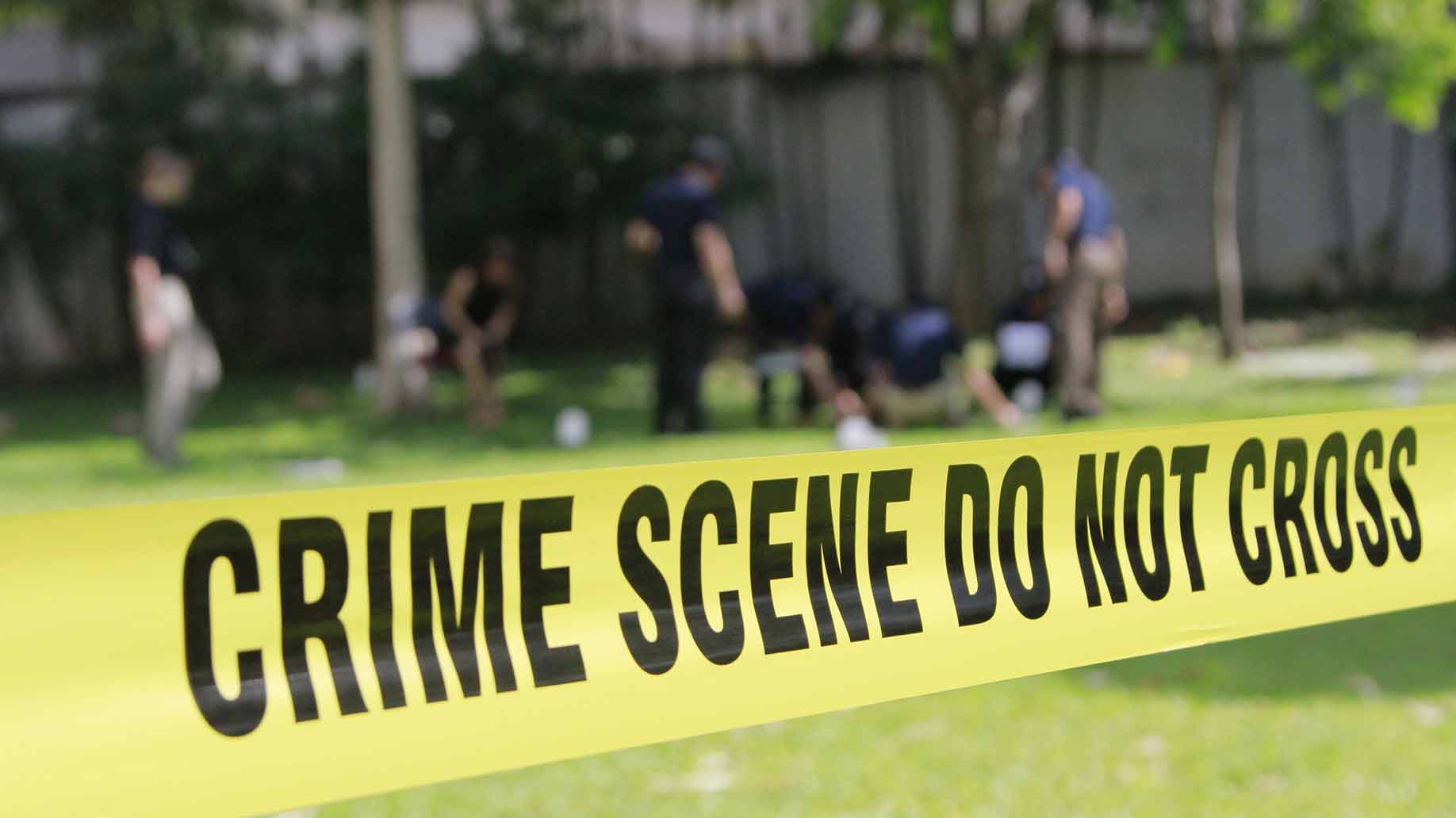
Ballpark Estimate: Up to $600 per hour.
WARNING: Graphic descriptions of murder scenes follow. Not for the faint of heart or those about to eat lunch.
Recognizing the need for this service, as well as the potential for a lucrative business, crime-scene cleaning has now developed into a fast-growing industry. Called “Crime and Trauma Scene Decontamination” or CTS Decon, this burgeoning enterprise has approximately 300 companies in the United States who will take on any assignment, no matter how bloody. With salaries that can range between $40,000 and $50,000, and higher in large cities, the bio-technicians employed for this type of work must be certified, psychologically stable, and physically fit. They must also maintain a respectful demeanor when dealing not only with the trauma scene, but also with the grieving families.
If a decomposing body was removed from the crime scene, the clean-up is even more challenging. Since the body swells during the process of decomposition, and insects move in through body openings such as the mouth, ears, nostrils, etc, some maggots may still be in the area after the body was removed by the coroner. Also left behind for the technicians may be body fluids from the liquefied skin and organs that have saturated the carpet or soaked into the floor. This is in addition to removing what many describe as the most sickening stench on earth, the smell that resulted from the ammonia gas released from the body.
Under these horrid conditions, while laboring inside hot protective suits, the crew must remove any and every trace of bio-hazard material to eliminate the potential for infection. The clean-up must be thorough since the smallest amount of contaminate left behind could lead to mold or fungus and the potential for disease in a matter of months. Once the contaminated material is removed from the crime scene it is sealed in bags and safely stored until it can be transported to a medical-waste incinerator for disposal. In this regard, permits are required for the transportation and disposal.
When the work is completed, of course, it’s time to settle up. But what exactly would this type of clean-up cost? Although it will vary according to the scope of the job, the cost for cleaning, disinfecting, removal, storage, transportation, and disposal of crime-scene material has been estimated to be: up to $600 per hour.
Once an appointment is made with the company, an assessment is made to determine the severity of the scene and the extent of the clean-up, the number of technicians required, the type of equipment and supplies needed to do the work, the necessary permits required, the storage and disposal costs, and an estimated time to finish the work, usually from a few hours to weeks. Only then can an estimate of the costs be determined. In most cases the clean-up costs are usually covered by auto, homeowners, or commercial insurance policies. In this regard, most companies will provide a service that handles all the paperwork for filing a claim. If insurance coverage is not available, they can also help their clients in contacting various charitable or religious organizations that can provide financial assistance.
Once under contract, the bio-hazard technicians will guarantee that the scene will be restored to its original pre-incident state. Obviously, their arrival will be after the victim is removed and the area is secured. In crime scenes of a violent nature, such as a gunshot to the head or stabbings, the area could be highly contaminated with blood, or brain matter and bone fragments, and even urine or feces, each a potential source of germs, bacteria, and infection.If a person is killed in a violent fashion in a residence, either through murder or suicide, the burden and responsibility for cleaning up the crime scene falls upon the homeowner, most often a family member. Obviously this would be a traumatic and unwelcome task that few would be willing to undertake themselves.